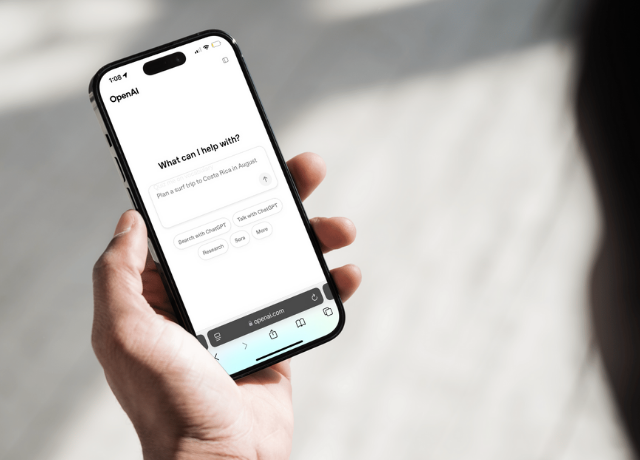4 Steps to Getting Started with Email Marketing
You know you need to do email marketing. However, you don’t know where to start and/or how to build your list.
(Hint: you have a list, you just don’t realize it.)
Here is your guide to getting started. Follow along and you’ll be a baller with email marketing in no time!
Step 1: Pick a Platform
Each of these is very user friendly, (should) have a free option until a certain level of contacts, AND allows for list segmentation, which is incredibly important from Day One:
→ MailChimp
Also has easy option for a pop-up on your website to get more subscribers from future website visitors
→ MailerLite
Also has easy option for a pop-up on your website to get more subscribers from future website visitors
→ FloDesk
→ Zoho Campaigns
If you have a CRM, customer relationship management, software there are likely email marketing options within it. This article compares to popular ones: HubSpot vs. Dubsado.
Step 2: Organize your contacts
The easiest way to start is for each person on your team (or just you my solopreneur friends) to set up a spreadsheet from their existing network of professional and personal contacts including a column for each first name, last name, email address & category.
The category portion is critical because this is how you will segment them so they tailored messages in the future. Suggested options:
→ Personal Relationship (i.e. friend or family)
→ Former Colleague
→ Potential Referral Partner
→ Prospect
You may not use all of these up front, but getting the categories assigned up front will save you massive time later.
NOTE: Each platform listed above may have a different name for it, but Category = Tag = List name .
Once you have all of your contacts organized into spreadsheets, combine them and import ONCE making sure the right columns line up with the right field names into the platform.
Step 3: Send out that first campaign
The goals for that first email are to let them know why you are reaching out, what you are doing now, and what they can expect from you in the future by staging on your list.
This article breaks that formula down a bit more specifically so you really nail that first outreach. Those who want to support you, or are simply curious to see how this all shakes out, will stick around.
Don’t fret if someone unsubscribes. That simply means they won’t be dragging down your open rates by staying on a list they don’t intend to engage with. That’s a good thing!
Step 4: Stay in touch & continue to test, test, test
After that first campaign I would start easy by sending out a monthly newsletter sharing what your business is doing (service or the products), helpful tips/links/insights the target audience (i.e. category) may appreciate, and a single call to action.
Too many calls to action (“visit this link” “reply to this email” “buy this” “no buy this”) and people get paralyzed and take ZERO action.
All email messages should be able to answer to questions before they are sent:
→ Why would anyone besides me (who wrote it) care about opening this email?
→ What’s in it for them if they click through the way I want them to?
If you can clearly answer both of these, then you have your audience at the forefront of your email which will make it more successful. No one signs up for an email list (or stays on on) that is from a “look what I’ve done” perspective.
As you are sending emails, be sure to test different days of the week, times of day and subject lines. Then look at the analytics.
What days/times get more opens? Which get more click throughs? Should you be doing an HTML layout (i.e pretty & designed) or a simple text (looks lie a regular ‘ole email) to get more clicks?
Email marketing is an ever-evolving series of tests so don’t get down if you don’t hit it out of the park on email one. Testing allows you to get to know your audience, what resonates with them, and when you can best reach them. This will also change over time. Why? Because there is a person on the other end of that email address and their behavior changes over time.
Don’t get discouraged. Just adjust and keep testing. Test subject lines, formats, designs, colors, etc.
When you’re ready to take it up a notch, here are a bevy of resources to help you. And, of course, you can always book a discovery session with me for more tailored advice.







